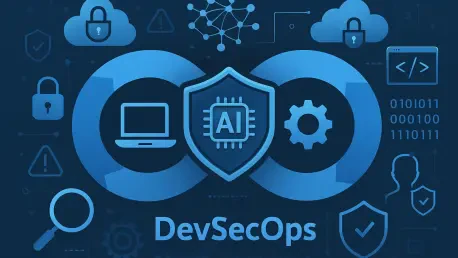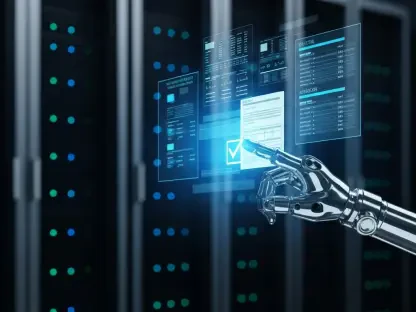I’m thrilled to sit down with Vijay Raina, a renowned expert in enterprise SaaS technology and a thought leader in software design and architecture. With his deep expertise in the evolving landscape of software development, Vijay offers invaluable insights into the latest advancements in DevSecOps and software supply chain security. Today, we’ll explore the innovative capabilities of modern platforms like Nexus One, focusing on how they address open source security, governance, and the challenges of AI-driven development. We’ll dive into the unique features that set such platforms apart, their role in enterprise environments, and their impact on building secure, scalable software.
Can you walk us through what makes a platform like Nexus One unique in the DevSecOps space?
Absolutely, Benjamin. Nexus One stands out as a cloud-first, AI-native DevSecOps platform that integrates open source intelligence, governance, and automation into a unified system. What makes it unique is its focus on being a comprehensive control layer for enterprises. It’s not just a tool in the development pipeline; it’s a system of record for software artifacts, ensuring real-time risk protection and dependency management. Its design prioritizes developers while leveraging over 15 years of curated security research to tackle modern challenges in software supply chains.
How does Nexus One enhance security for open source components, and what kind of impact does this have on developers and enterprises?
Nexus One significantly boosts open source security by drawing on proprietary data sources like Maven Central and the OSS Index, combined with AI-powered risk discovery. It detects 70% more vulnerabilities compared to other tools and delivers insights ten times faster than traditional databases like the National Vulnerability Database. For developers and enterprises, this means catching risks early, reducing exposure to threats, and speeding up remediation by about 30%. It’s a game-changer in building safer software pipelines without slowing down innovation.
What are some of the biggest challenges in today’s software development landscape that platforms like Nexus One are designed to tackle?
The landscape today is incredibly complex, Benjamin. The rise of generative AI has accelerated code production—both human and machine-generated—often relying heavily on open source components. This speed, while beneficial, introduces risks, especially with the growing sophistication of open source malware. Traditional governance systems can’t keep up. Nexus One steps in by offering proactive risk protection and automation, addressing vulnerabilities in real-time and ensuring that even as development scales, security isn’t compromised.
Can you explain how Nexus One leverages AI and machine learning to strengthen security and governance in software projects?
Certainly. As an AI-native and agentic platform, Nexus One uses artificial intelligence to enhance visibility and governance across the software lifecycle. It provides insights into AI-generated code and components, ensuring compliance and safety. Machine learning plays a critical role in malware defense by analyzing patterns and identifying threats that might slip through traditional checks. This intelligent approach allows the platform to adapt to new risks dynamically, offering a level of protection that’s both proactive and precise.
In what ways does Nexus One serve as a control layer for enterprises, and how does this benefit their software development processes?
Nexus One positions itself as a central control layer by integrating seamlessly into the entire software development toolchain. It’s not just about one stage—it oversees everything from component selection to deployment and continuous monitoring. This holistic approach helps enterprises build, govern, and secure software at scale. For instance, it acts as a single source of truth for software artifacts, ensuring consistency and traceability, which is crucial for compliance and managing large, distributed teams.
How does Nexus One address the need for compliance and scalability in modern software development environments?
Compliance and scalability are non-negotiable in today’s environment, and Nexus One tackles both head-on. It supports features like Software Bill of Materials (SBOM) governance, which helps organizations document and track components for regulatory requirements. Its cloud-first architecture ensures it can scale with enterprise needs, handling millions of components and massive workloads without performance hiccups. This means teams can focus on innovation while staying compliant and maintaining security across sprawling projects.
What is your forecast for the future of DevSecOps platforms like Nexus One in shaping secure software development?
I believe platforms like Nexus One are paving the way for a future where security is seamlessly embedded into every stage of software development. As generative AI and open source usage continue to grow, the need for intelligent, unified platforms will only increase. My forecast is that we’ll see DevSecOps evolve into a more predictive and autonomous space, with tools not just reacting to threats but anticipating them through advanced AI and machine learning. Nexus One is already leading this charge, and I expect it to inspire a new standard for how enterprises approach software supply chain security.









